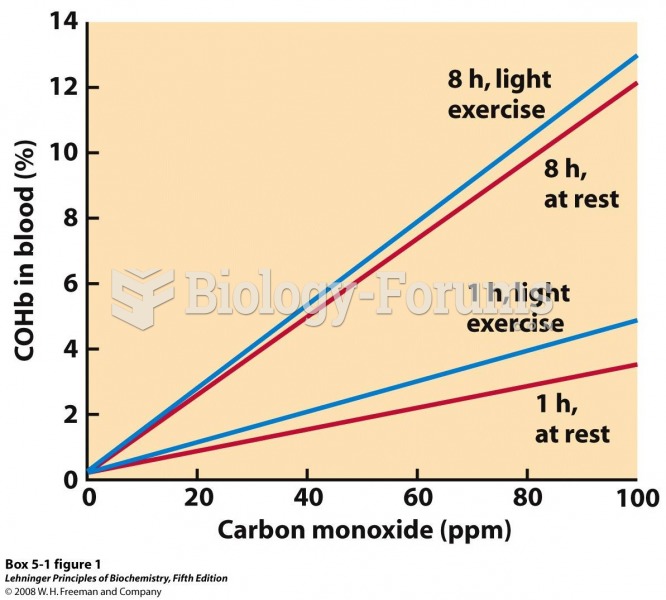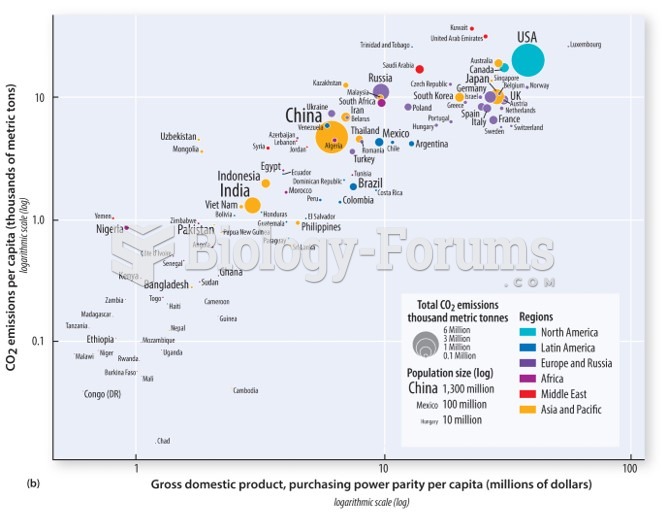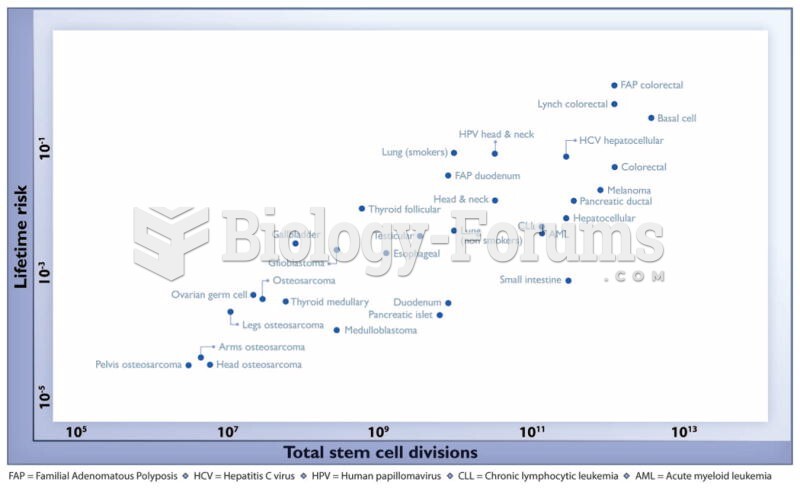Answer to Question 1
The CCP permeates all Chinese institutions, but we can also distinguish the CCP
from those institutions. At the top of all Chinese national institutions are the two most
important state organs, the Political Bureau (Politburo) of the Chinese Communist Party
and the State Council. Members of the Politburo lead the CCP, and the State Council is
the executive branch of government. However, because China is a singleparty regime,
final political authority ultimately rests with the leaders of the CCP who sit on the
Politburo, particularly its Standing Committee.
There are usually about 25 members of the Politburo. Over the years, between five and
nine of its members sit on its Politburo Standing Committee. These are the most
important CCP leaders, and as such they are the most important of China's political
leaders. These leaders include the general secretary, or head of the Communist
Party; the premier, who is the head of the government; the chairman of the
National People's Congress; and a few other top provincial leaders and the heads of the
more important national ministries. The Standing Committee meets weekly and makes
the most important political decisions.
The government apparatus in China consists of functional commissions or ministries
(and their lowerranking counterparts such as bureaus, offices, or sections), as well as a
legislative apparatus, the National People's Congress (the judiciary is not a separate
branch of government). The highest government organ is the State Council, functionally
equivalent to the executive branch. It is headed by the premier, who is assisted by
several vice premiers and state councilors. The State Council manages the daytoday
operation of the institutions of government, which include the central ministries,
commissions, bureaus, and offices. It is also important to note that the People's
Liberation Army (PLA) does not report to the government, but to the party.
Although in the past top leaders' terms were openended, top leaders today are bound
by a twoterm limit of five years each. The top positions (nomenklatura) in all
government institutions, from ministers to county officials and below are filled with
personnel chosen by the party. A powerful committee called the Bianwei, comprised of
officials from the State Council, Ministry of Personnel, Ministry of Finance, and most
important among them, the CCP Organization Department, chooses how many
personnel slots each ministry, bureau, and office receives, while the party by itself
chooses the individuals who occupy the topmost positions.
Answer to Question 2
During the Mao era, from the mid1950s onwards, some aspects of China's
political system could be described as totalitarian. First, in this era there was little, if
any, societal or political pluralism outside of state control and monitoring. Since the
Communist Revolution, opposition parties have been banned (except as window
dressing), and in the early decades the government brutally repressed real and imagined
opposition movements. Party leadership would target the suspected demographic
group or class by mobilizing a majority of citizens who were often motivated by fear of
beingand relief at not having beensimilarly identified as an enemy of the state. But
most state control was far more benign: society was organized into work units
(danwei) which were an extension of the workplace (factory, ministry, etc.) and which
provided the iron rice bowl: womb to tomb welfare benefits ranging from schooling,
medical care, housing, and food. The work unit's permission was required for travel,
marriage, and even family planning. Thus, although one can argue that Chinese citizens'
lives were more strictly controlled than those of their counterparts in the Soviet Union,
China never had a secret police force like Russia's KGB.
In contrast, in China today there are genuinealbeit limitedopportunitie s for
individuals and groups outside the formal state apparatus to help shape policy. The
state has receded from the daytoday lives of ordinary citizens, just as the work unit
itself has largely withered away. In ordinary conversations, in print, and even in blogs,
discussion of formerly taboo subjects has increased, in no small part because the state
lacks the ability to monitor all such discussions. Although citizens clearly do protest
government decisions publicly, the rules and regulations governing freedom of assembly
have changed little over time, and enforcement of these laws has remained strict. That
is, although Chinese authorities are now somewhat more lenient towards
spontaneous protesters, the state permits no organized political protest. The
government remains vigilant against any type of organized event that the authorities do
not control. This limit on political pluralism is characteristic of authoritarian regimes.
Second, under Mao the government frequently coercively mobilized citizens to support
its policy goals. Fearing the repressive power of the state, citizens rarely sought to
oppose such programs. Such government campaigns are largely a thing of the past. They
do occur from time to time, but they are no longer coercive in terms of punishments
meted out for noncompliance.
Finally, under Mao, the government engaged in extensive efforts at ideological
indoctrination. The government's efforts were so extreme that citizens could be
imprisoned and even executed for improper thought. Indoctrination began early in
school and was frequently reinforced. Even if people saw the lie behind these
ideological exhortations, they realized that they had to appear to believe them. Today,
the government has abandoned mostbut by no means allefforts at ideological
indoctrination (ideology does remain an important part of party members' lives).







